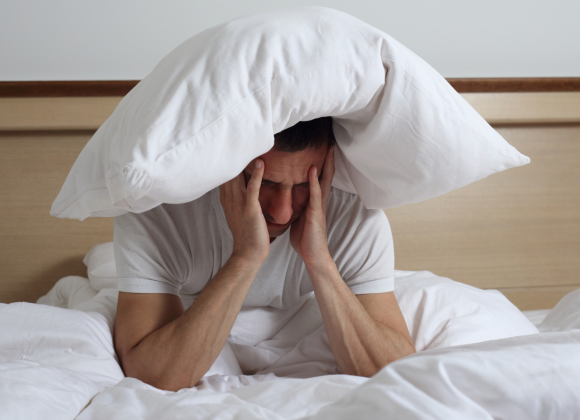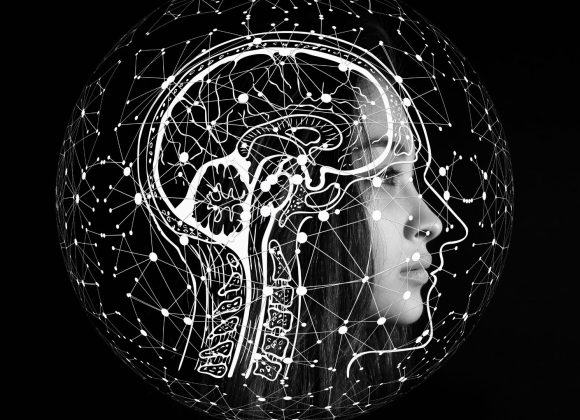Introduction
Head pain is common, but not all headaches are the same. While a regular headache may cause mild discomfort, a migraine often brings intense, debilitating symptoms. So, how can you tell them apart?
First, consider the pain. Tension headaches typically feel like a dull pressure, whereas migraines often involve throbbing pain on one side. Additionally, migraines usually come with nausea, light sensitivity, or aura—warning signs like vision changes.
Next, look at triggers. Stress or dehydration may cause ordinary headaches, but migraines can be set off by hormones, certain foods, or weather changes. Finally, note the duration. Most headaches fade quickly, but migraines can last for hours or even days.
Types and Causes of Common Headaches
Headaches come in many forms, and pinpointing where and how they hurt can help you find the cause. Here are some common types:
1. Tension Headaches

- Location: Both sides of the head, often starting at the back and moving forward.
- Feel: Dull, steady pressure—like a tight band around your head.
- Triggers: Stress, eye strain, skipped meals, or poor posture.
- Frequency: Can happen occasionally or become chronic.
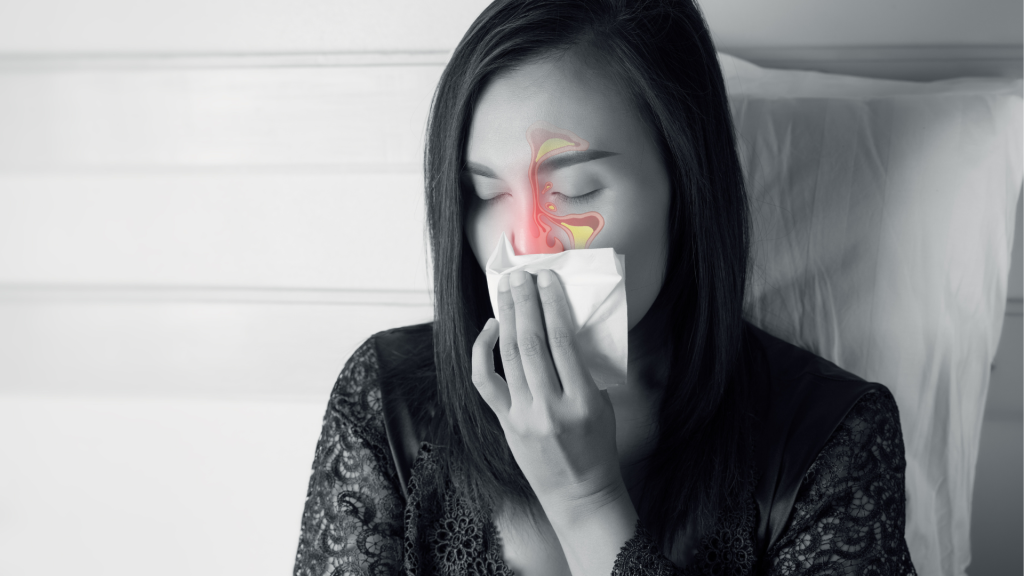
2. Sinus Headaches
- Location: Behind the cheeks, nose, and eyes.
- Feel: Deep, throbbing pain, often worse in the morning or when bending forward.
- Triggers: Congestion from colds, allergies, or infections.
3. Cluster Headaches
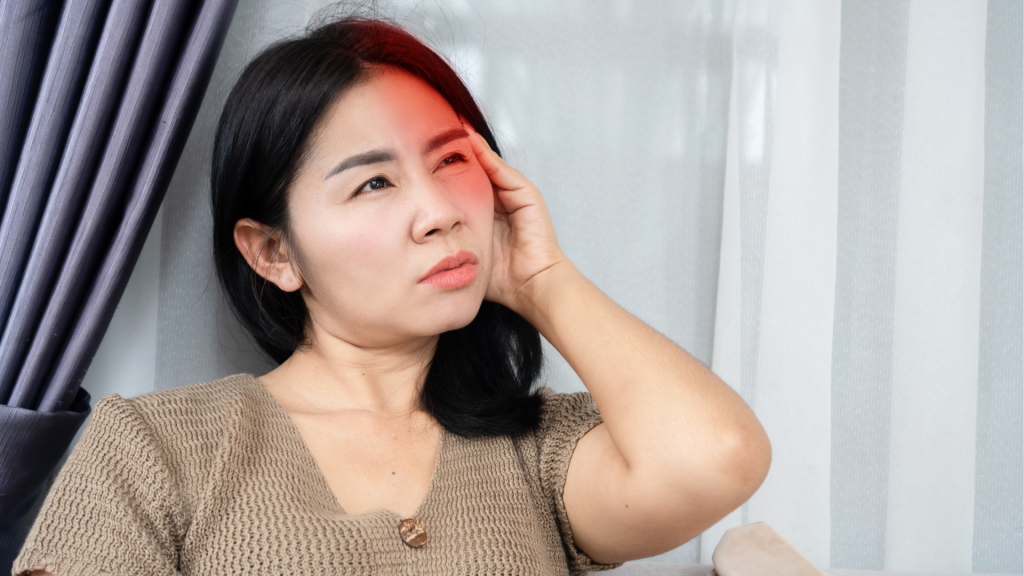
- Location: Usually one side of the head, often around the eye.
- Feel: Sharp, intense pain that strikes suddenly.
- Pattern: Occurs in “clusters”—multiple times a day for weeks or months, often at the same time each day.
- Triggers: Bright lights, physical exertion, or high altitudes.
What is a Migraine?
When people hear “migraine,” they often think of a bad headache. But migraines are much more than that—they’re a complex neurological condition with a range of symptoms that vary from person to person.
What Happens During a Migraine?
Migraines involve changes in brain activity, affecting nerves, blood flow, and chemicals in the brain. This can lead to:
- Severe head pain (though some have migraines without pain)
- Nausea or vomiting
- Sensitivity to light, sound, or smells
- Dizziness or fatigue
The Four Phases of a Migraine (Not Everyone Gets All of Them)
1. Prodrome (Warning Phase) – Hours or days before the migraine, subtle signs appear: mood swings, cravings, stiff neck, or fatigue.
2. Aura (Sensory Disturbances) – Some people see flashing lights, blurry vision, or feel tingling in their arms. Others may struggle with speech. (Not everyone experiences this.)
3. Headache Phase – Pain sets in, ranging from mild to unbearable. Movement, light, or noise can make it worse.
4. Postdrome (Recovery) – After the pain fades, exhaustion, confusion, or a “hangover” feeling lingers
What Triggers a Migraine?
Unlike regular headaches, migraines don’t have a single cause—they’re often set off by personal triggers, such as:
- Hormonal changes – (Women are 3x more likely to get migraines, often linked to menstrual cycles.)
- Allergies & inflammation – Sinus irritation can trigger migraines in some people.
- Genetics – If migraines run in your family, you’re more likely to have them.
- Environmental factors – Stress, weather changes, lack of sleep, certain foods, or strong smells can play a role.
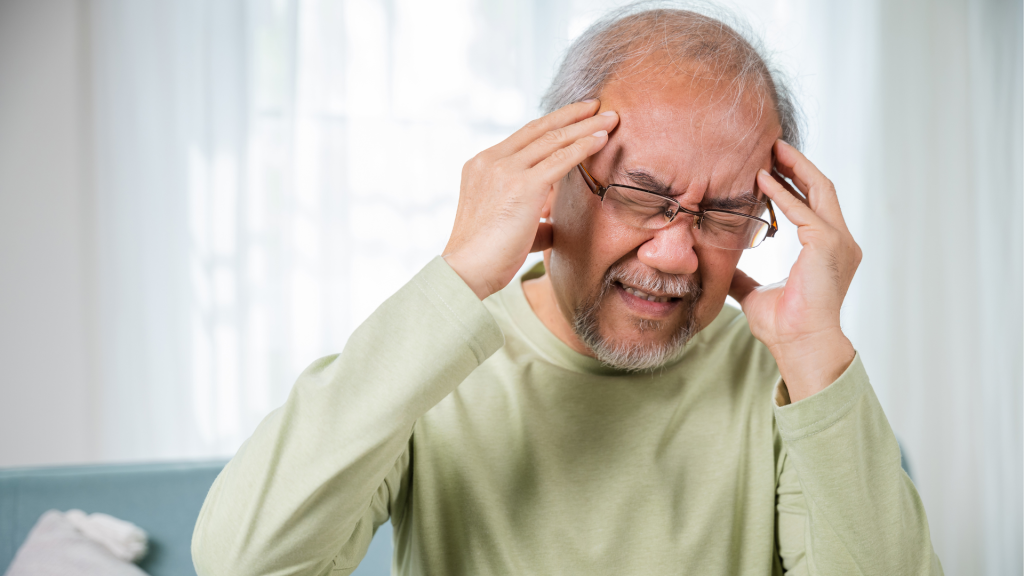
Since triggers vary from person to person, tracking yours can help manage—or even prevent—migraine attacks.
Managing Migraines: Treatment & Prevention
While there’s no cure for migraines, the right mix of medication and lifestyle changes can help control symptoms and prevent future attacks.
Medication Options
- Over-the-counter (OTC) pain relievers like ibuprofen, acetaminophen, or Excedrin® Migraine can ease mild attacks. Caffeine may also help.
- Melatonin (in the right dose) might reduce frequency—ask your doctor if it could work for you.
- Prescription treatments (for frequent/severe migraines) include blood pressure medications, antidepressants, anti-seizure drugs, or Botox® injections.
Lifestyle Adjustments That Help
- Regular exercise
- Avoiding food triggers
- Better sleep habits
- Stress-reducing activities (yoga, meditation)
Pro Tip: Track your migraines in a journal—note when they start, what you were doing, and how long they last. This helps you and your doctor spot patterns and tailor a prevention plan.
What are the latest updates on Migraine?
The National Institute of Neurological Disorders and Stroke (NINDS), part of the National Institutes of Health, leads the charge in migraine research. As the top federal funder of brain and nervous system studies, NINDS supports groundbreaking work to:
- Uncover the brain mechanisms behind migraines
- Develop better ways to predict and diagnose attacks
- Improve existing treatments and test promising new therapies
Through innovative research, NINDS is working to transform how we understand and treat migraine pain—giving hope to millions who suffer from this complex condition.
Final Thoughts
Headaches and migraines vary widely—from tension-type discomfort to debilitating neurological episodes. While tension and sinus headaches often stem from stress or congestion, migraines involve complex brain changes with unique triggers like hormones, genetics, and environment.
Though migraines can disrupt daily life, proactive management—through medications, lifestyle adjustments, and trigger tracking—can reduce their impact. Research by institutions like NINDS continues to uncover better treatments, offering hope for long-term relief.



